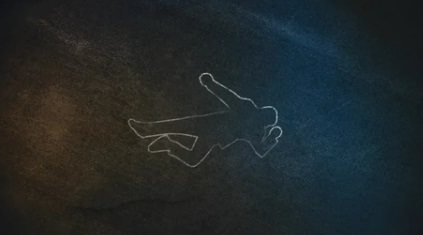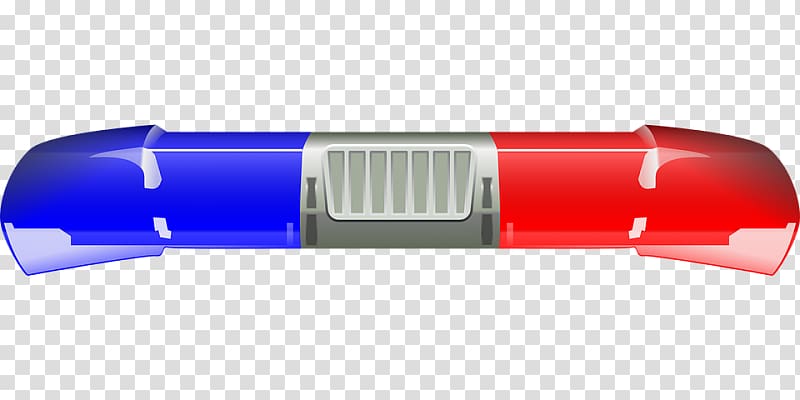
![]()
As a media and public relations practitioner, and a student of communication studies, I feel sad and ashamed when I see an image or video of a dead body published or displayed on social media.
It is generally considered unprofessional and unethical to expose a dead body in a publication, particularly, if it is done sensationally or gratuitously.
Respect for deceased
Publishing images/videos of a dead body can be disrespectful to the person who has died, as well as to their family and loved ones. The dead should at all times be accorded respect so that nothing untoward is done while we perform religious, customs and cultural activities to bid a befitting farewell.
Privacy
Respecting the privacy of individuals and protecting confidential sources are essential aspects of media ethics. Similarly, the deceased and their family have a right to privacy, which can be violated by publishing such images or videos.
Graphic images or videos of a dead body can be seen as reducing their tragedy to a sensationalised image/video and exploiting the deceased person’s tragedy for the sake of attracting readers or viewers, rather than serving a legitimate journalistic purpose.
Ethical considerations
Society of Professional Journalists’ Code of Ethics, among other journalistic codes of ethics, advises against publishing images/videos of dead bodies unless they serve a compelling public interest.
However, there are exceptions to publishing images/videos of the dead, but one would have to consider the ethical implications and handle the images with respect and sensitivity. In some instances, publishing images of a dead body may be necessary to expose a crime or human rights abuse.
These instances may include documenting war crimes or human rights violations. These images or videos could serve as evidence, and raise awareness about atrocities, holding perpetrators accountable.
For the reason of exposing truth and accountability in cases such as police brutality or government cover-ups, publishing images or videos without malicious and ill intentions could reveal crucial information and spark necessary and fruitful conversations.
Images or videos of the deceased could become iconic and historically important, serving as a record of significant events (e.g., disasters, wars, etc.)
Educational purposes
Images or videos of dead bodies may be used in educational settings such as medical or forensic training. Moreover, images or videos of the deceased could be used to educate people about the consequences of violence, conflict, or social issues, promoting empathy and understanding.
Publishing images may be necessary to alert the general public to a critical issue or spark necessary discussions and reforms. However, even in the above situations, ethically and professionally journalists and editors must first and foremost consider seeking consent from families or loved ones (when possible).
Secondly, it’s required of journalists to blur or crop images of the deceased to minimise gratuitous gore. Thirdly, clear labelling and context to avoid sensationalism and respectful treatment and dignity for the deceased.
Lastly, journalists should also have alternative ways to convey the story without explicit images or videos.
Conclusion
The decision to publish images or videos of the deceased should be made thoughtfully so that they would be judiciously used with consideration for privacy and dignity while balancing the need for truth and accountability with respect for the dead and their loved ones.
It is also important to state that the unethical publication of images or videos of the deceased is a threat to journalism, and does not have the endorsement of the Ghana Journalists Association’s Code of Ethics; International Federation of Journalists: Declaration of Principles on the Code of Conduct of Journalists; UNESCO’s Guide to Journalism and Society of Professional Journalists’ Code of Ethics, among other such codes.
I appeal to relevant professional bodies and authorities to help sanitise and salvage the image of the media from the operations of unscrupulous unprofessional or self-styled journalists who have invaded the media space with substandard practices.
Licensing, enforcement of rules and regulations, and proper monitoring of the media space certainly come to mind.
Content by: Thomas Awuah Asem




